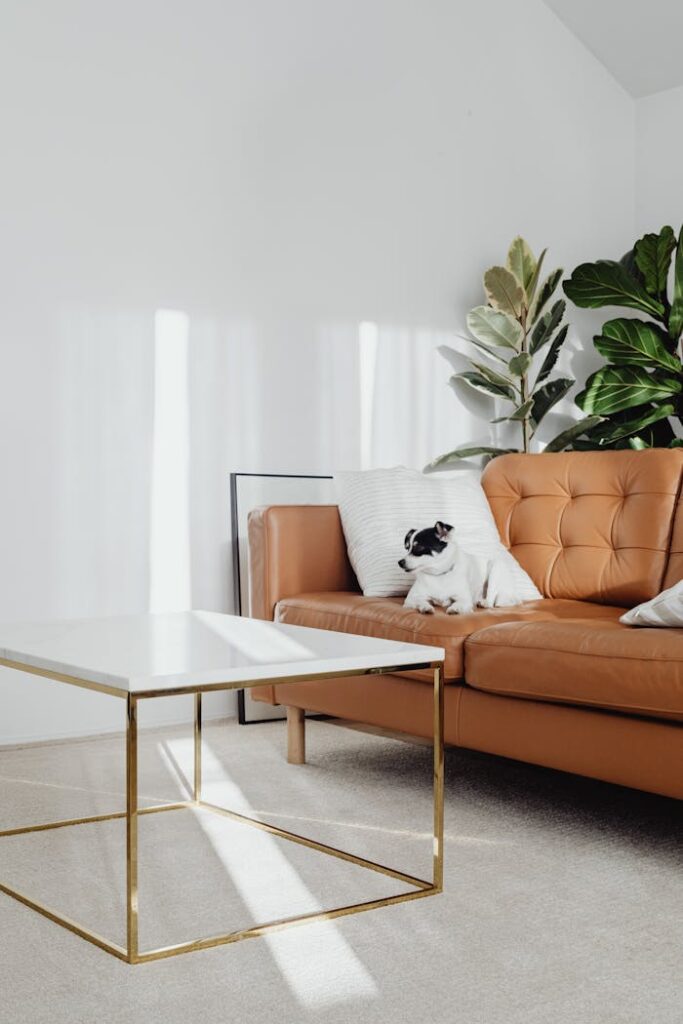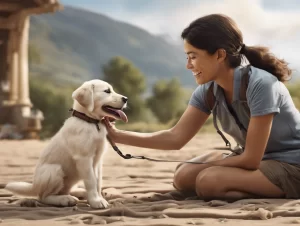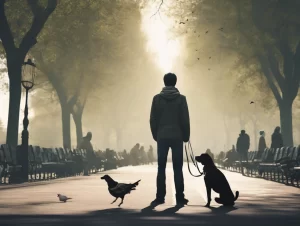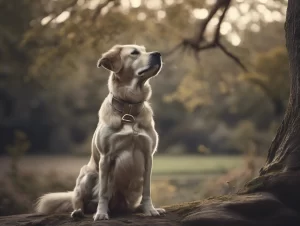
Who says furniture is just for humans? It’s time to show your furry companion some love and let them join in the comfy fun. Sure, training can be a challenge, but with a little humor and determination, you’ll have your pup cuddled up in no time. Plus, who needs a couch or bed when you can have a cozy floor snuggle? So grab some treats, make a plan, and get ready for a life full of laughs and snuggles with your furry best friend!
Prevent your dog from getting on the furniture
Resting on the couch or bed is pleasant. However, if you want to keep your dog off the furniture, it’s crucial to prevent them from developing a liking for it in the first place. This can be achieved by restricting access to the furniture when you are not supervising your dog. You can crate your dog, set up gates, close doors to rooms when you’re not home, or tie up your dog when you’re home.

Interrupt the behavior whenever it occurs
If your dog jumps on the furniture, you need to convey that you won’t allow it by grabbing your dog by the collar and immediately removing them from the couch or bed every single time they try. If you have a new puppy or rescue dog, you may want to keep a drag leash/houseline on them so that you can quickly get control of them whenever necessary.
If your dog tries multiple times in a row to get on the furniture, you may put them in a timeout to convey that there is a negative consequence for trying to get on the furniture too many times.

Build value for a preferable behavior
The fastest way to help your dog figure out the correct behavior is to train them to go to their own bed in the living room or bedroom. This can be done with spot/place training that builds value for your dog choosing to go to its own resting place in common spaces.
Outside of training sessions, anytime your dog decides to choose their bed over getting on the furniture, let them know how much you like that choice by rewarding them with praise or their favorite treat!
Don’t use the “Off!”
Cues (also known as commands) are a form of positive reinforcement because you give attention to your dog when you use them. Therefore, if your dog is doing something you don’t like, you should never reinforce the behavior by using a cue. Instead, it’s best to take away all reinforcement for the behavior by immediately stopping your dog from engaging in the behavior and, ideally, directing them towards a more appropriate behavior. The more you prevent your dog from succeeding in jumping up and staying on the furniture, the less they will try. Eventually, they will decide to stop doing it altogether.
Be Consistent
If you don’t want your dog to jump on other people’s furniture, it’s important to not allow them to jump on yours. Likewise, as many times as your dog tries to get on the furniture is as many times as you must remove them until they stop trying. Every member of the household must be on the same page about the rules, as well, and be willing to enforce them so that a dog gets the same message from everyone!
In Conclusion
To train a dog to stay off furniture, consistency is key. Reinforce good behavior by providing a preferred resting spot and avoid unintentionally encouraging bad behavior by using the “Off!” cue. Stick to the rules for the fastest and most effective way to establish clear boundaries.

How to take the stress out of traveling, while feeling comfortably assured your puppy is in good training hands
Are you dreaming of a way to simplify your travel plans while ensuring your furry friend is well taken care of? Look no further! In

How “Bird Flu” Could Threaten Your Dog
What You Need to Know About Bird Flu Bird Flu isn’t just a bird issue; it can impact our dogs too. Knowing how it spreads

Mastering Crate Training for Your Dog: A Key to Emergency Preparedness
Crucial Tips for Effective Crate Training Crate training is an essential practice for any dog owner, providing a secure haven for your pet and relaxation

What Is Appropriate Play between dogs?
Celebrating Canine Play Discover the Diverse Ways Your Dog Loves to Play! Every dog has its own distinctive personality that shines through in their play.

Do Dogs Grieve the Loss of Another Dog?
Understanding Canine Grief Prioritizing Your Dog’s Emotional Well-being The loss of a beloved canine companion can be a profoundly painful experience, but what about the

Concerning Dog Behaviors Not To Ignore?
Dogs are generally well-behaved and responsive to training, but have you ever noticed your pet acting a little bit odd? Maybe even out of character? Unfortunately,

